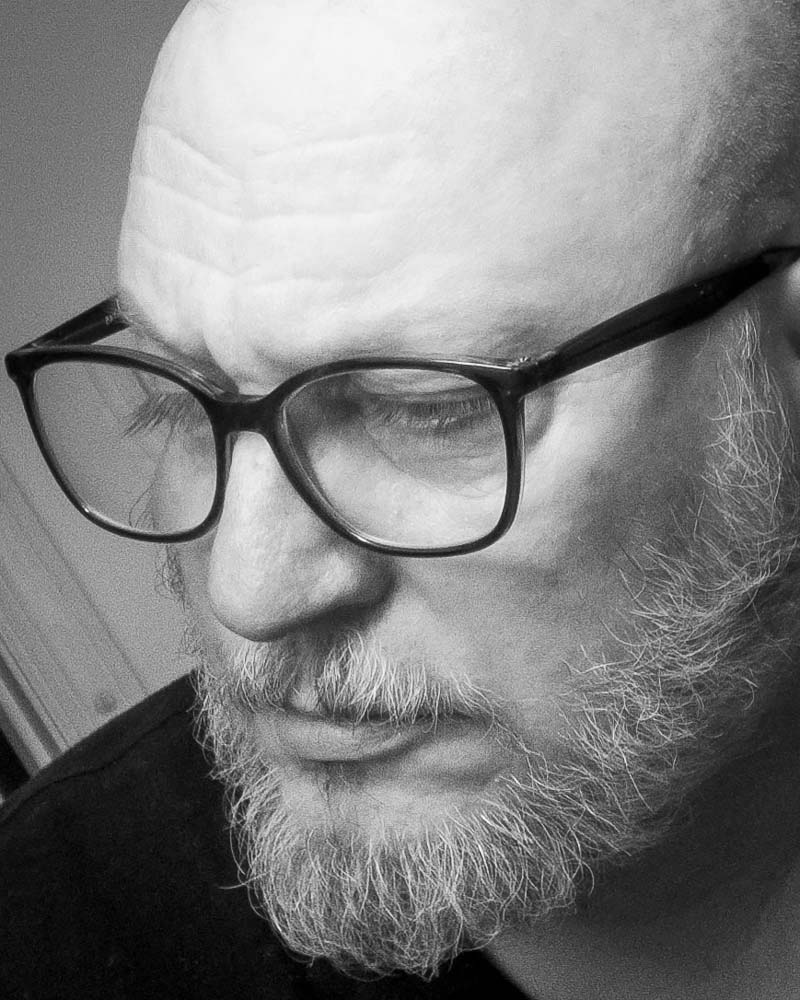Born in Thailand, raised in Panama and Canada, I have never known quite where I am or how I fit in. Having trained successfully as a theatre actor and director, then finding a new career as a software developer, I am still looking to answer that question. Now approaching 70 the question feels urgent and I am increasingly engaged with using the camera to see the world around me and understand myself within it.
Statement
I am a Brooklyn based photographer. My work is primarily concerned with the diversity, depth, and energy of my adopted city and its people. I use photography to sharpen my awareness and appreciation of my surroundings at home, at work in Manhattan, and travelling between the two, with the occasional foray to more distant places.
